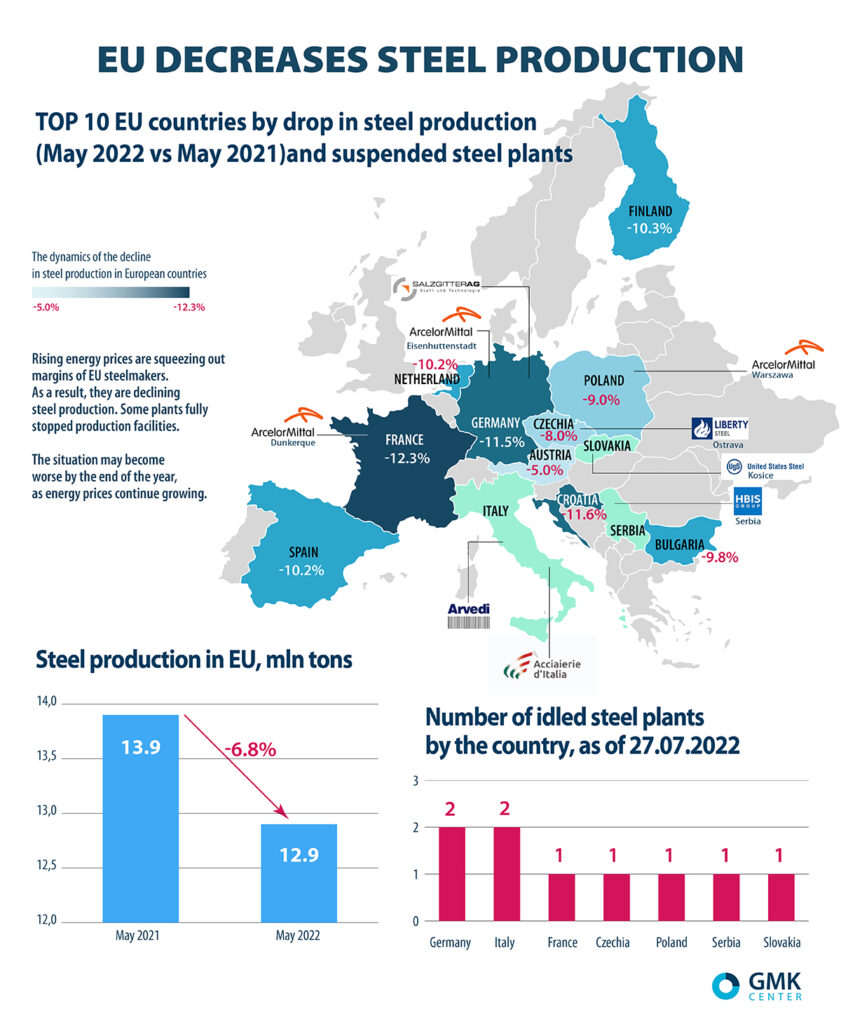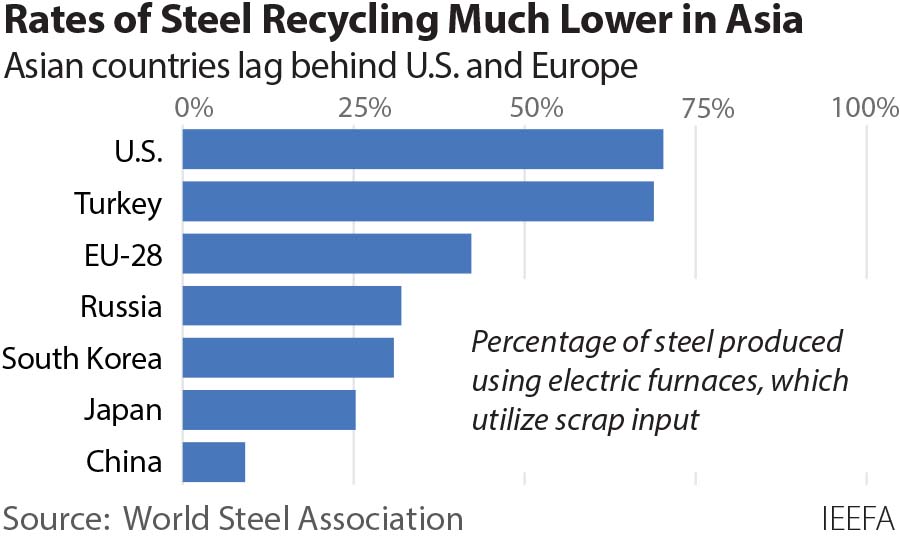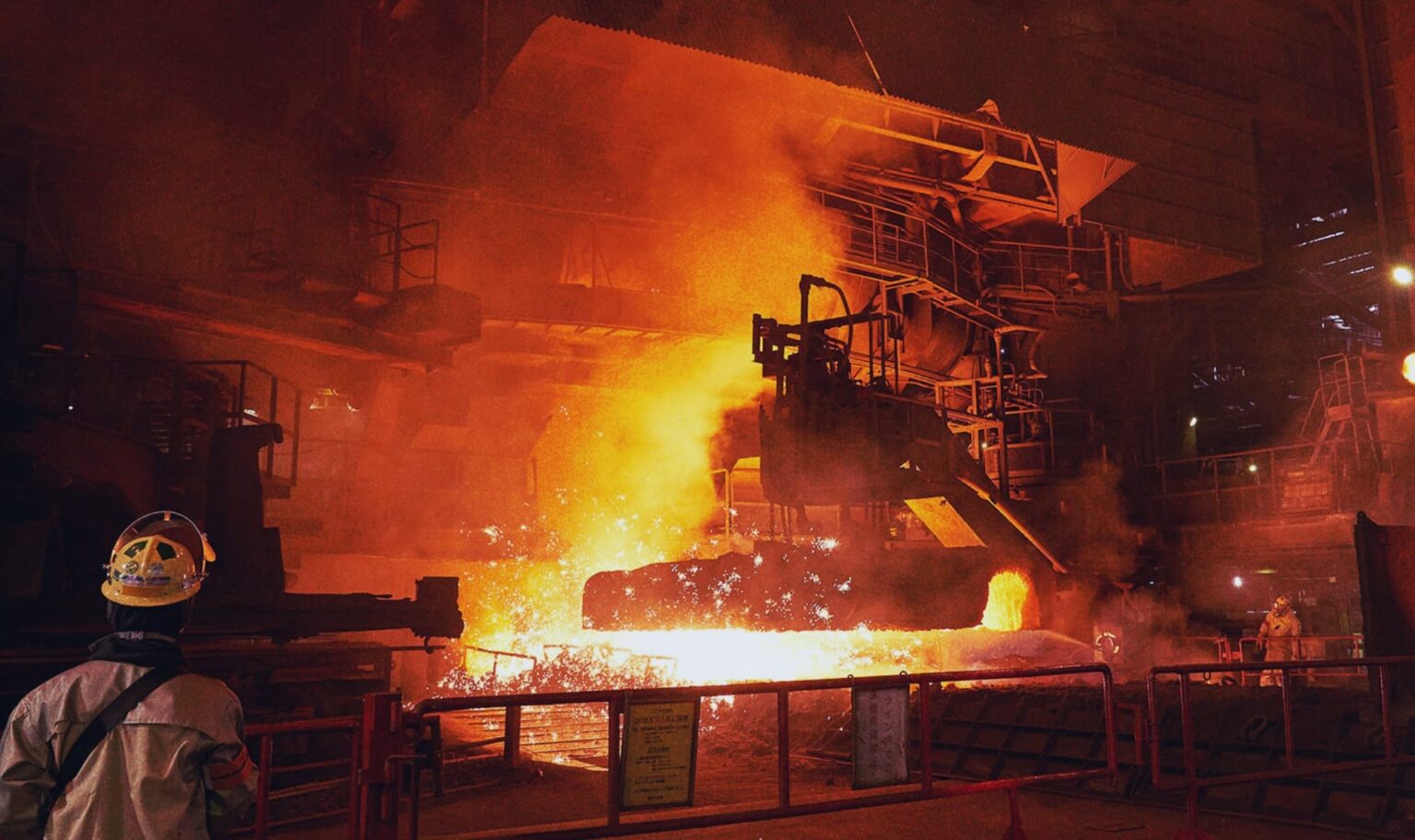In recent years, steel manufacturers have faced increasing pressure to reduce carbon dioxide and other greenhouse gas emissions. Leading companies like Nippon Steel and JFE Steel have announced plans to switch from blast furnaces to electric furnaces, timed with scheduled repairs of their blast furnaces, as part of their business strategies.
(Text by Hiro Yamamoto)
Photo courtesy=World Steel and others,

Compared to blast furnaces, which produce steel from iron ore and coking coal, electric furnaces, which use steel scrap, emit significantly less carbon dioxide. However, traditionally used market scrap contains too many impurities, making it difficult to produce high-grade steel for automotive use or thick plates for shipbuilding.
Ship scrap, on the other hand, has a high iron content and comes with steel composition specifications, meaning it can be used in electric furnaces to produce steel of a quality comparable to that from blast furnaces.
In the shipping industry, there is growing interest in “green steel” produced from hydrogen-reduced iron to build environmentally friendly ships. Simultaneously, the reuse of ship scrap in new ship construction is gaining attention as a step toward fully “circular” shipbuilding.
Japan has a few yards for scrapping domestic ships but lacks facilities for dismantling ocean-going vessels. From next year, scrap yards in India and Bangladesh will operate under the Hong Kong Convention, which governs the safe and environmentally sound recycling of ships.
Additionally, there is a recent trend, particularly in China and Europe, to retain ship scrap within the country as a strategic resource during times of crisis, rather than selling it abroad.
Japan is the third-largest ship-owning nation in the world, with operators and shipowners controlling approximately 2,100 ocean-going vessels, following Greece and China. However, most of these ships are sold as second-hand vessels to overseas owners and dismantled in places like India or Bangladesh.
Key challenges in promoting domestic ship scrapping in Japan include the price of scrap when dismantled domestically and the availability of labor for actual dismantling work. There are calls for a united effort from both the public and private sectors to establish ship scrapping as a domestic practice.

〆鉄鋼メーカーの高炉から電炉への転換で高まる船舶スクラップの需要
近年、鉄鋼メーカーは二酸化炭素、温室効果ガスの排出抑制が急速に求められている。日本製鉄、JFEスチールを筆頭に経営計画の中で高炉の修繕のタイミングをメドに高炉から電炉へ切り替える計画が相次ぎ発表されている。
鉄鉱石と原料炭から生産する高炉にくらべ、鉄スクラップを使用する電炉は二酸化炭素の排出量が少ない。一方、原料に使用する鉄スクラップは、従来から使用していた市中スクラップでは不純物が多いため、自動車用高級鋼材や造船の厚板を製造することができんなかった。
船舶スクラップは、鉄分含有量が高く、鉄鋼メーカーの成分表があるため、船舶スクラップとして電炉の原料として使用した場合、高炉と同等の品質の鉄鋼が生産できる見通しだ。
海運業界では水素還元鉄などを使用した「グリーンスチール」を活用することで、環境に優しい船づくりを目指す一方、今回のように船舶スクラップを活用、再利用することで「完全循環型」の新造船の製造を目指す動きが出ている。
日本には内航船をスクラップするヤードは約12か所存在するが、外航船の解撤ヤードはない。来年からインド、バングラディッシュでは香港条約の下でスクラップヤードが稼働する。
同時に近年は、船舶スクラップは有事の際の「資源」として中国、欧州を筆頭に海外に売却せず、自国内でスクラップする動きが出ている。
日本は約2100隻の外航船をオペレーター、船主が保有しており、ギリシャ、中国に次ぐ世界第3位の船舶保有国である。しかし、大半の船舶が中古売船として海外船主に売却され、インドやバングラディッシュで解撤されている。
問題とされるのは、日本で解撤した場合のスクラップ価格、実際に解撤を行う労働者の確保とされている。今後、船舶スクラップを日本で定着させるには、官民一体となって協力することが必要という意見も出ている。
